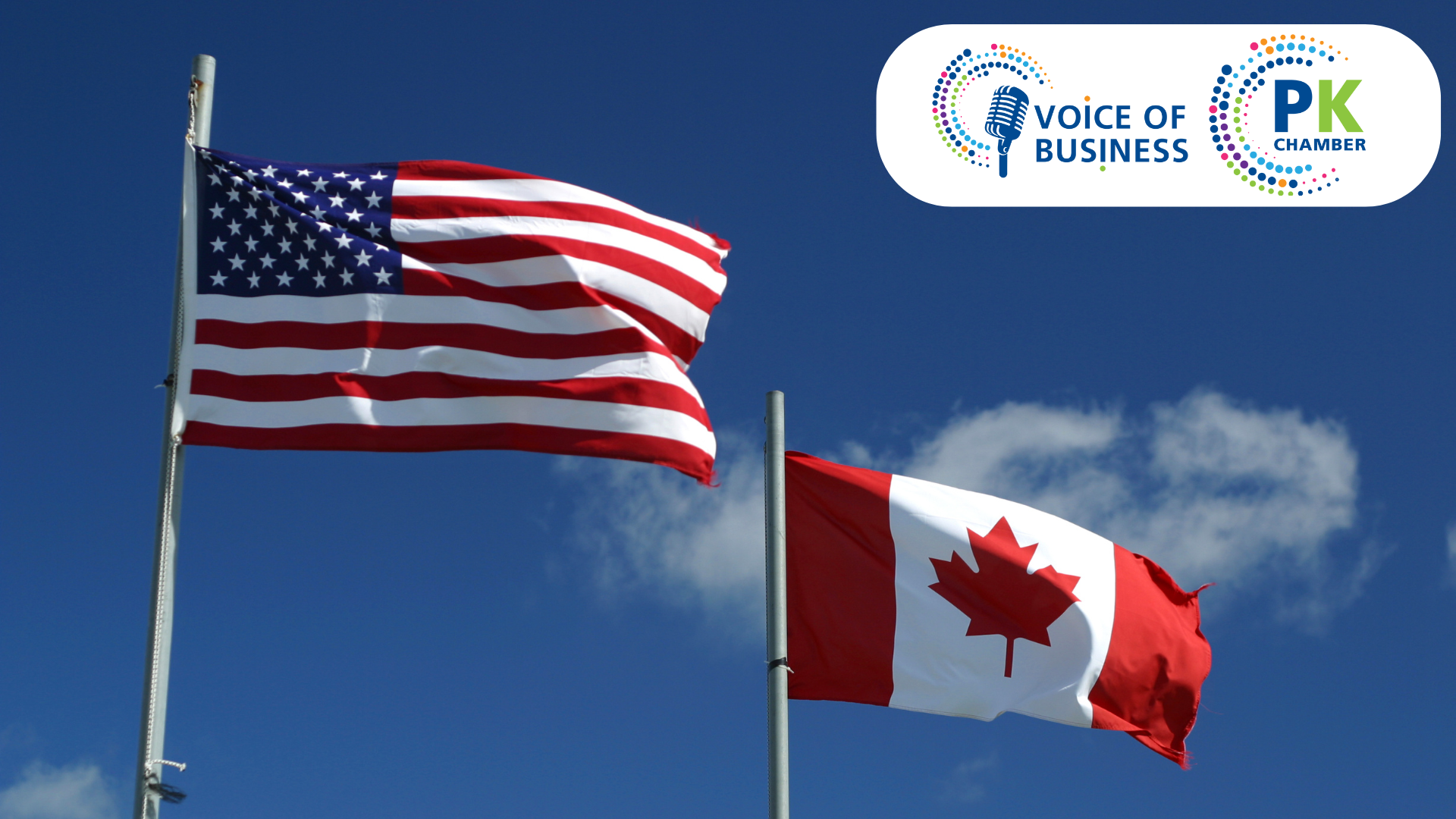This newly announced line will run between Toronto and Quebec City, with Prime Minister Trudeau confirming the project last week. The fully electric train will connect Toronto, Peterborough, Ottawa, Laval, Montreal, Trois-Rivières, and Quebec City, reaching speeds of up to 300 km/h.
The federal government has committed $3.9 billion over the next six years to support system development, including laying approximately 1,000 km of new tracks. This week on Voice of Business, we explore why this rail project matters, what businesses need to know, and what to expect next.
This rail line will serve a region of 18 million people with an economy worth over $850 billion. Once completed, it will reduce travel time between Toronto and Montreal to just three hours, positioning Peterborough as a prime hub for intercity and interprovincial trade. This project aligns with the federal government's commitment to reducing interprovincial trade barriers, opening new opportunities for local businesses to access broader markets.
Tourism, a $300 million industry in Peterborough, is also expected to benefit. Many international visitors rely on public transit, and a high-speed rail link will make Peterborough a more accessible and attractive destination. The Chamber of Commerce has been a strong advocate for this rail initiative.
“Ensuring Peterborough is a stop on the high-speed rail line has been a priority for the Chamber, as this is a key way to connect our community to the rest of the province,” said Gail Moorhouse, Interim President and CEO of the Peterborough and the Kawarthas Chamber of Commerce.
“Peterborough is an incredible place to work, live, and visit. We look forward to the train connecting our community and businesses to the province,” adds Vice President Joel Wiebe.
The Chamber has been deeply involved in this effort, starting as a founding member of the grassroots Shining Waters Railway organization. Over the years, it has worked closely with VIA Rail, VIA HFR, and now Alto to develop the business case for the rail line. "Having Peterborough as a major stop on this rail project is a win for the tireless advocacy work of the Chamber," says Wiebe.
The economic benefits of this project are substantial. The high-speed train will cut travel time between Toronto and Montreal in half, from six hours to three, making transportation more accessible and positioning Peterborough as a key destination. The increased connectivity is expected to boost tourism and create a spillover effect that benefits local businesses by attracting more visitors to the community. A study from the C.D. Howe Institute estimates the economic impact could range between $11 billion and $27 billion over a 60-year period (2039–2098), depending on whether the train operates at conventional or high-speed levels. While the project remains in the initial design phase, Peterborough’s position as a tourist destination with over three million annual visitors makes it well-suited to capitalize on this opportunity. Events like MusicFest, local sports teams, lakes, hotels, the Canadian Canoe Museum, and Trent University already draw significant traffic, and a passenger train will further increase accessibility.
With the train potentially cutting travel time significantly from Montreal to Peterborough, students, tourists, and business professionals will no longer be restricted to car travel, which currently takes nearly three hours.
It is worth noting that similar passenger rail proposals have been discussed in the past but never materialized. However, with this renewed commitment and funding, there is hope that Peterborough will finally become a key destination for high-speed rail. If realized, this project could transform the region, making Peterborough not just a stop on the map but a hub for travel, tourism, and economic growth.




















